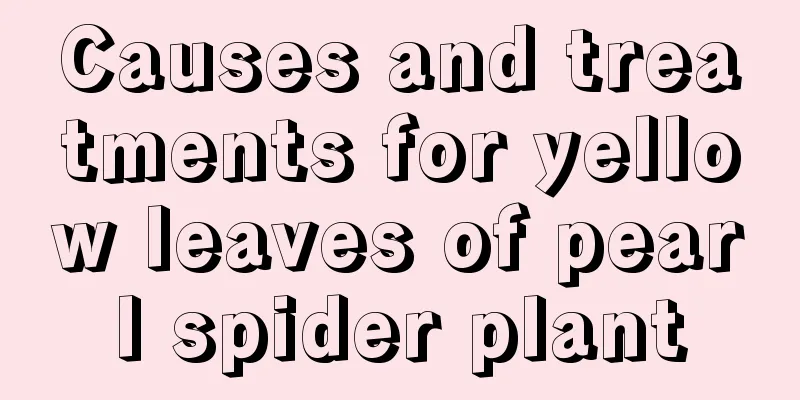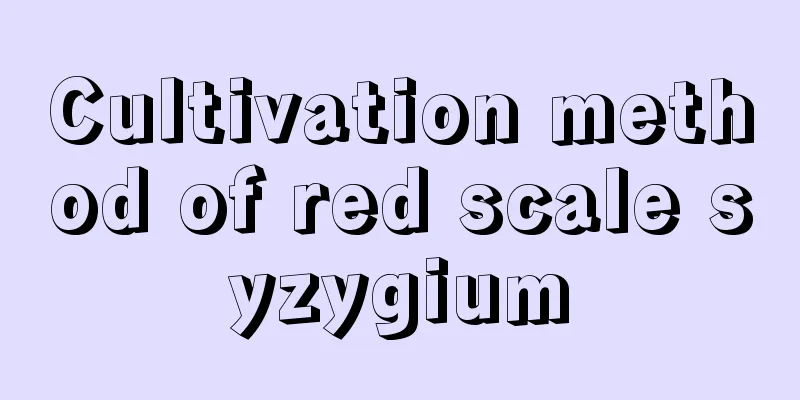Is oleander poisonous?

1. Is it toxic?Oleander is poisonous, and the toxicity is very high, which can seriously endanger people's lives. Its juice is the most toxic, and even a small amount of contact can cause poisoning. The whole plant is poisonous. After poisoning, symptoms such as vomiting, nausea and drowsiness will appear. In severe cases, it can cause loss of consciousness or even death. Therefore, when you see oleander, you can admire it from a distance, but never touch it, let alone eat it. 2. Can it be kept at home?As long as it is not accidentally eaten or touched, it can be raised at home. If you want to raise it at home, it is best to place it outdoors and do not let children touch or eat it. 3. NotesBe especially careful when growing it at home so that young children do not accidentally ingest it. Even dried plants can cause adverse symptoms in people. If you don't want to plant it, you must dispose of it properly and never burn or discard it casually. |
<<: Is it poisonous to grow Kalanchoe indoors?
>>: Which one is better at removing formaldehyde: Chlorophytum or Pothos
Recommend
Can rotten peaches be used as fertilizer? How to make fertilizer after fermentation?
Rotten peach fertilizer is a very good organic fe...
Does Lantern Flower prefer shade or sun?
Does Lantern Flower prefer shade or sun? The lant...
Diseases and Pests of Lilac and Their Control
Common diseases of lilac There are two common dis...
What soil to choose for potted aloe vera and how to care for it
1. What soil to choose 1. Requirements: Although ...
How to raise air plants for beginners
How to choose for beginners Buy a single easy-to-...
Time and method of cuttings of peace lily
Peace tree cutting time The peace holly is suitab...
Time and method for changing the soil of osmanthus tree
Time to change the soil of osmanthus tree The bes...
Best time and technique for planting chives
Leek planting time Chives can be sown and raised ...
How to water asparagus fern in winter
1. Watering method As we all know, the temperatur...
Can boiled soybean water be used to water flowers directly? The correct way to water flowers
Can boiled soybean water be used to water flowers...
Can orchids be placed in the bedroom?
1. Can be placed This question is controversial, ...
Advantages and disadvantages of red lace rose
The Red Lace Rose is a multi-headed floriferous r...
When is the best time to plant cucumbers?
As the temperature has been rising in recent time...
Difference Between Magnolia and Magnolia
1. Tree shape difference Magnolia is a tree, whil...
How to grow Haizhou Changshan
1. Maintenance It is a plant of the Saxifragaceae...









